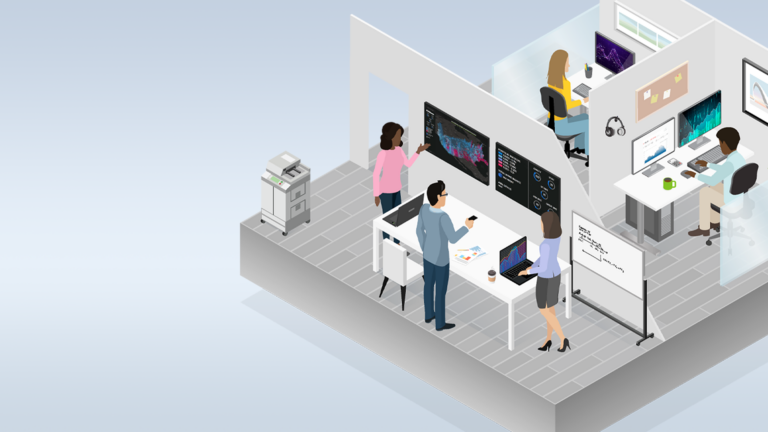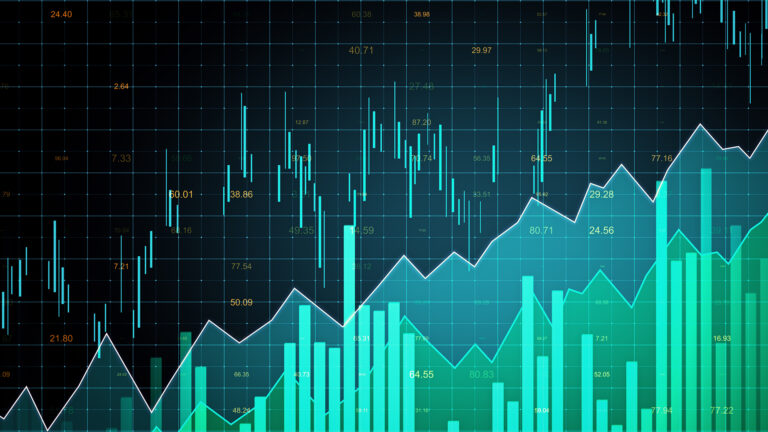
Time-series data has evolved from a simple historical record into a real-time engine for critical decisions across industries. Whether it��s streamlining logistics, forecasting markets, or anticipating machine failures, organizations need more sophisticated tools than traditional methods can offer. NVIDIA GPU-accelerated deep learning is enabling industries to gain real-time analytics.
]]>
Time series forecasting is a powerful data science technique used to predict future values based on data points from the past Open source Python libraries like skforecast make it easy to run time series forecasts on your data. They allow you to ��bring your own�� regressor that is compatible with the scikit-learn API, giving you the flexibility to work seamlessly with the model of your choice.
]]>
Modeling time series data can be challenging (and fascinating) due to its inherent complexity and unpredictability. Long-term trends in time series can change drastically due to certain events, for example. Recall the beginning of the global pandemic, when businesses such as airlines or brick-and-mortar shops saw a quick decline in the number of customers and sales. In contrast��
]]>
This post is part of a series on accelerated data analytics. Update: The below blog describes how to use GPU-only RAPIDS cuDF, which requires code changes. RAPIDS cuDF now has a CPU/GPU interoperability (cudf.pandas) that speeds up pandas code by up to 150x with zero code changes. At GTC 2024, NVIDIA announced that the cudf.pandas library is now GA. At Google I/O��
]]>